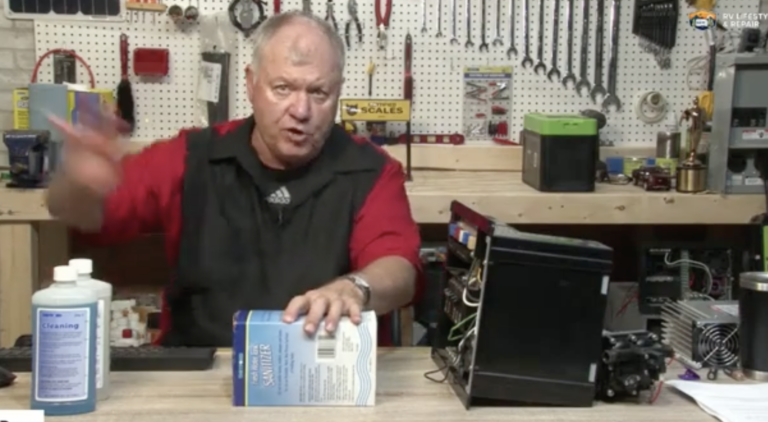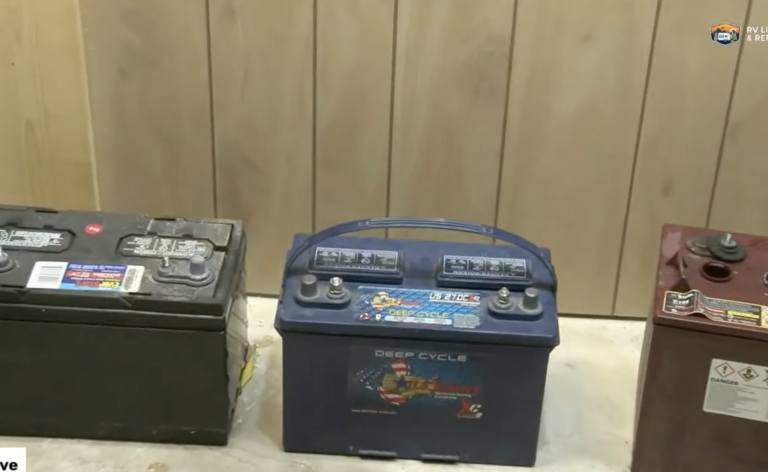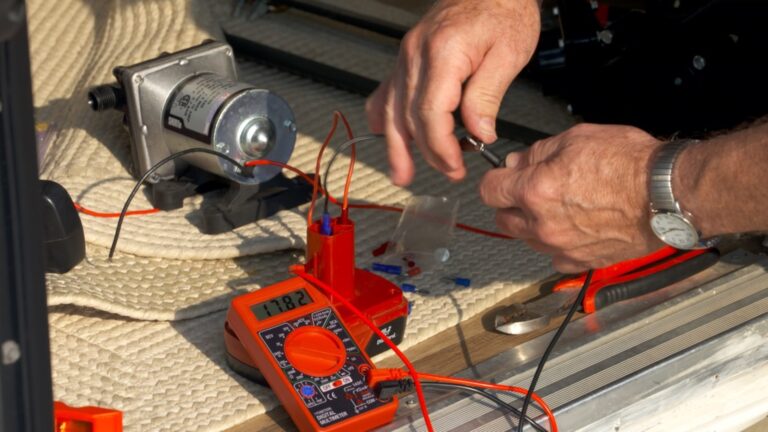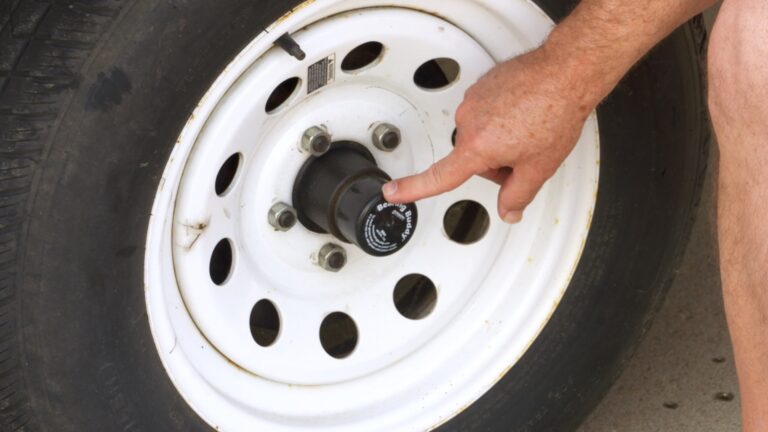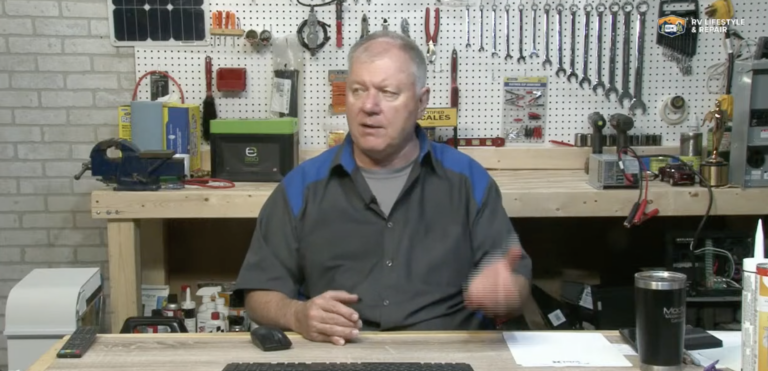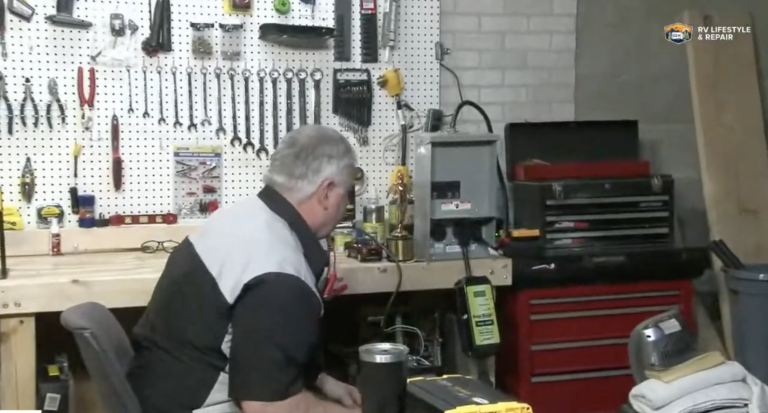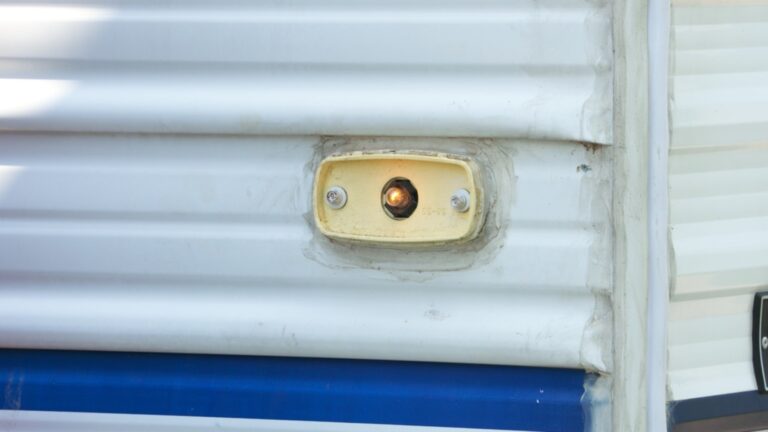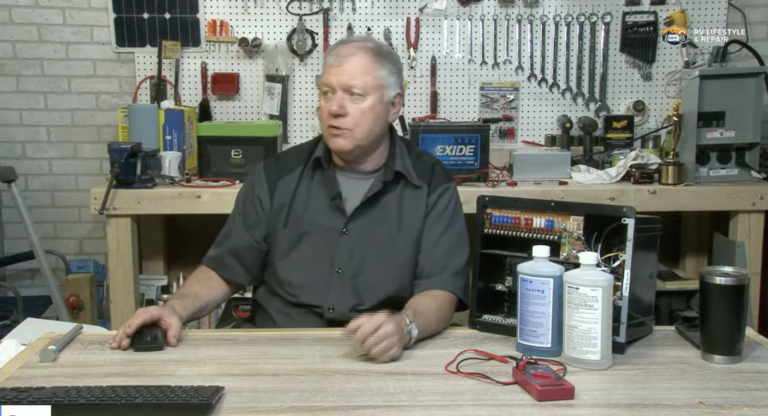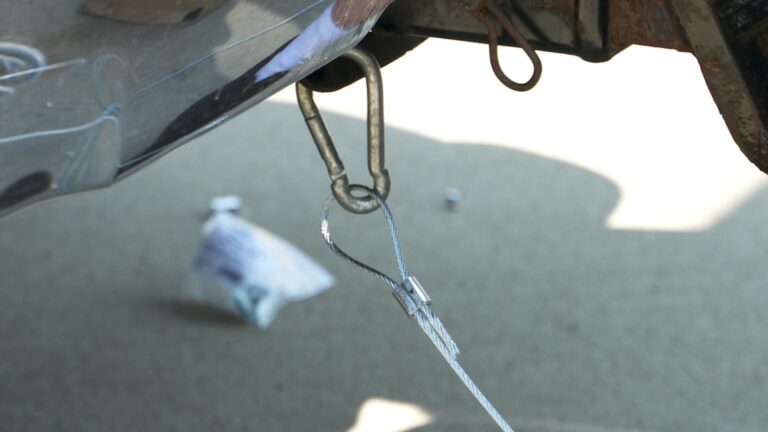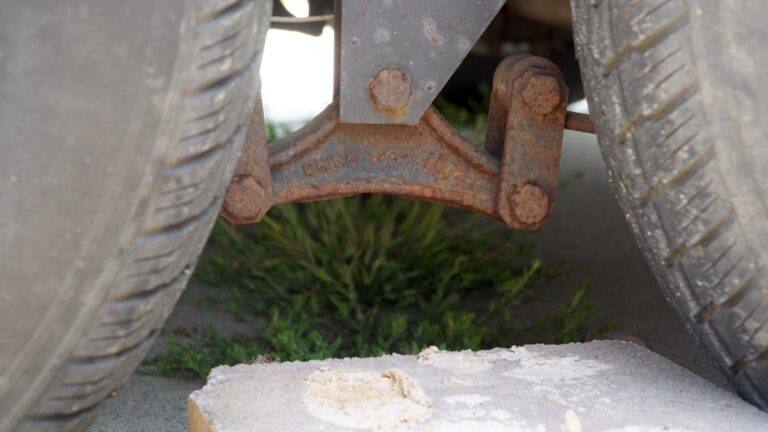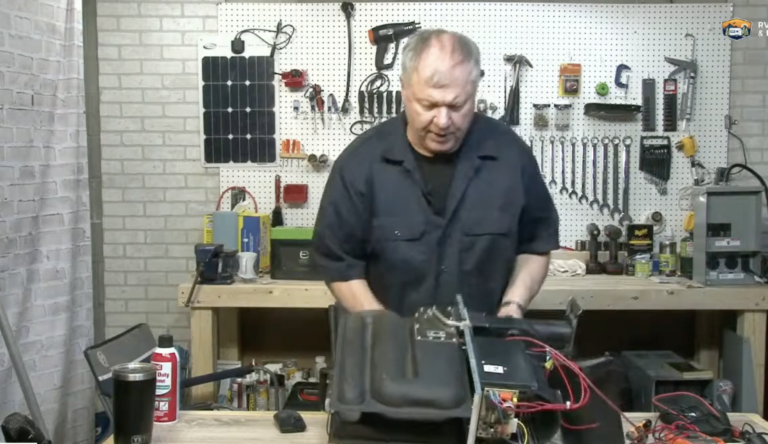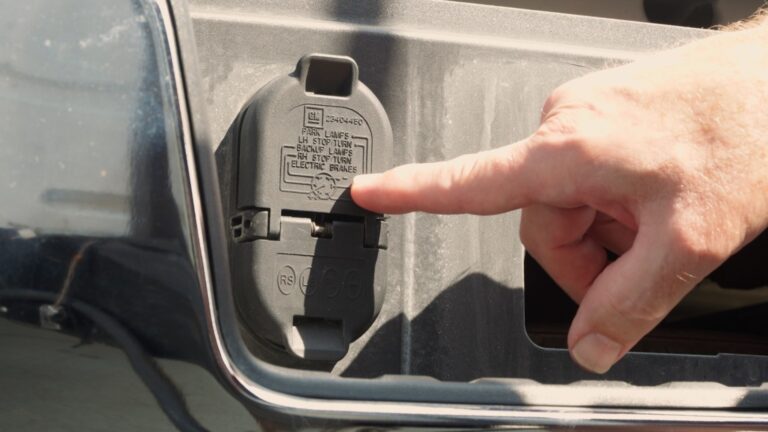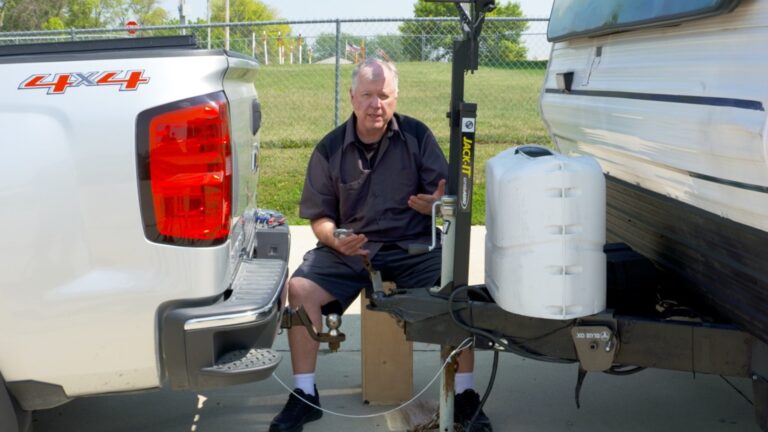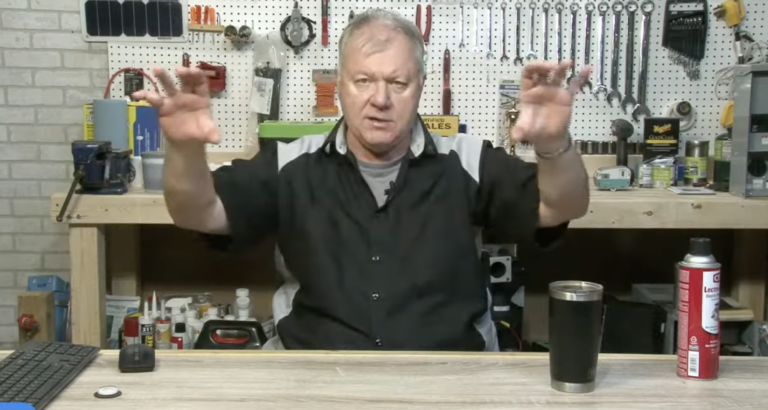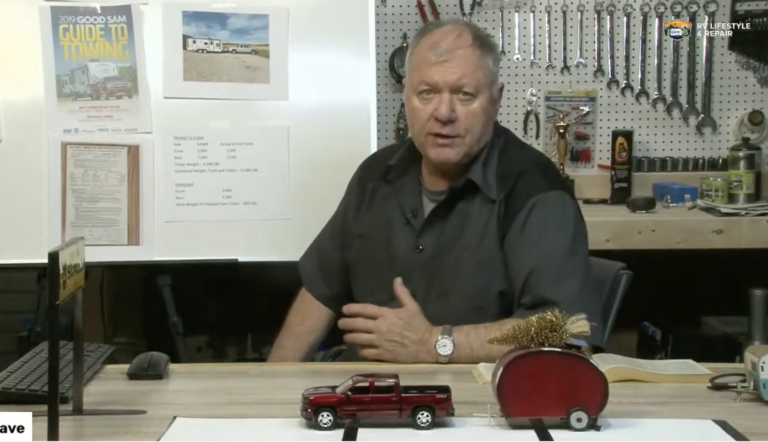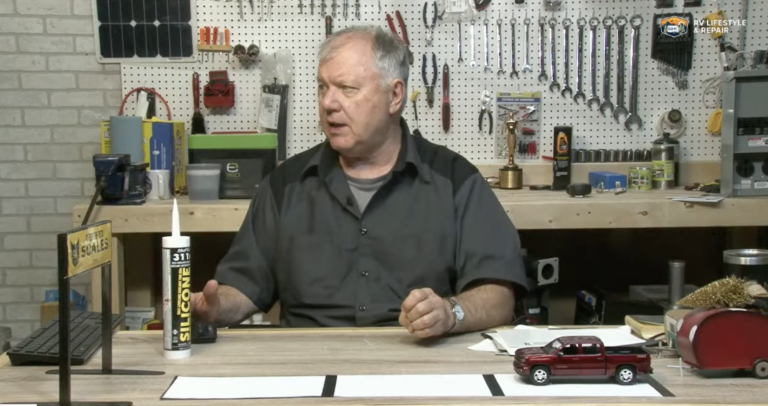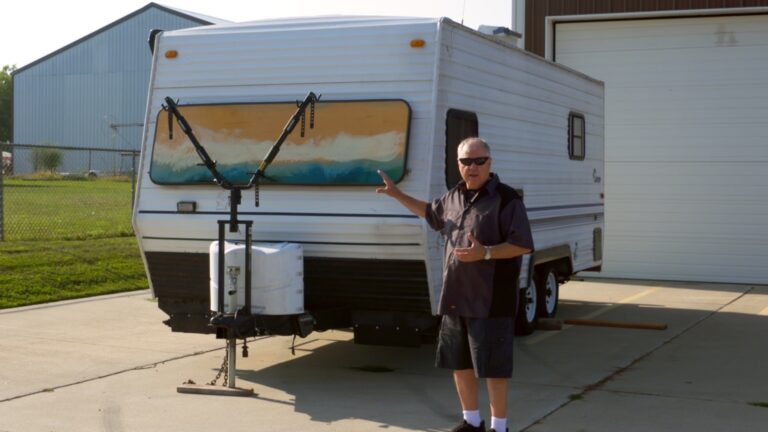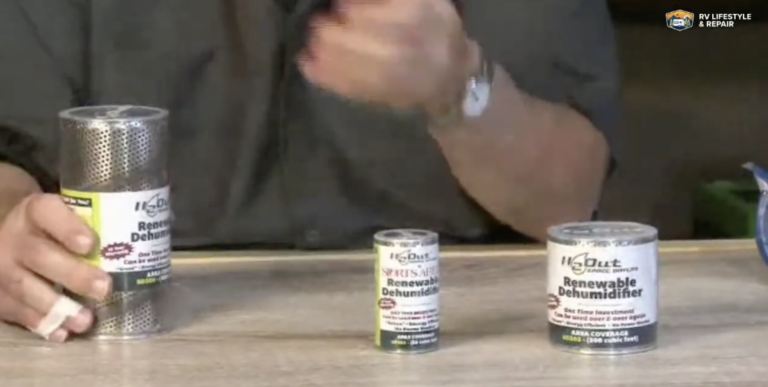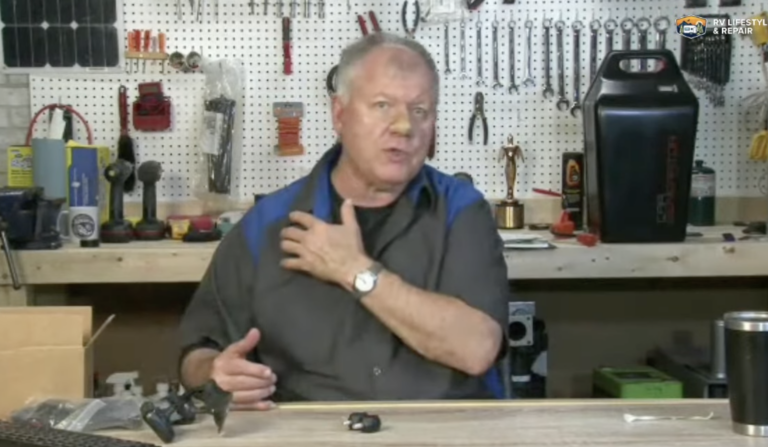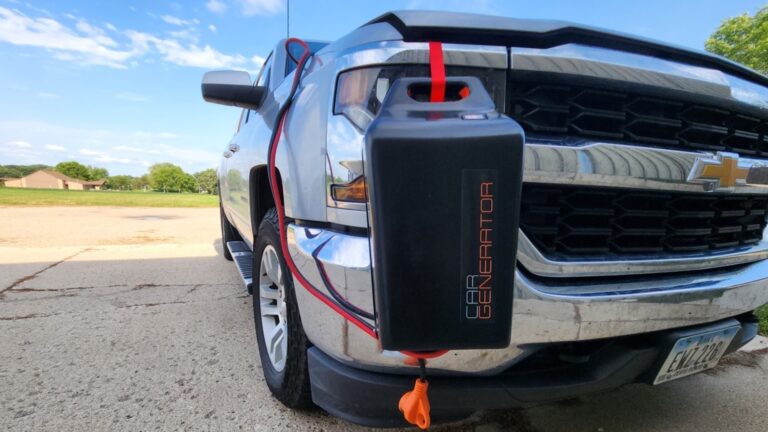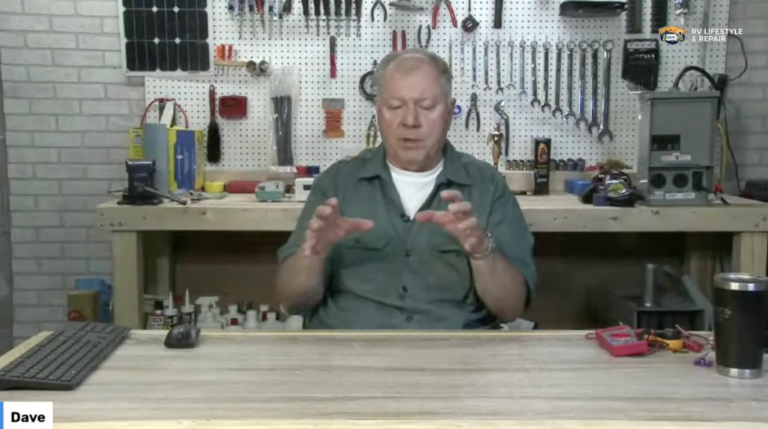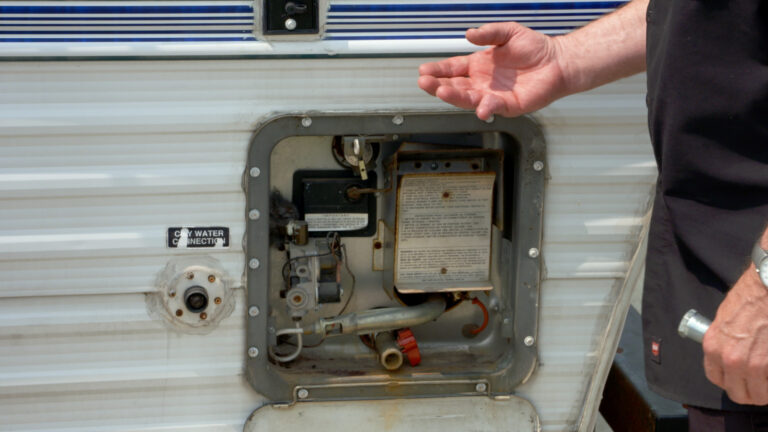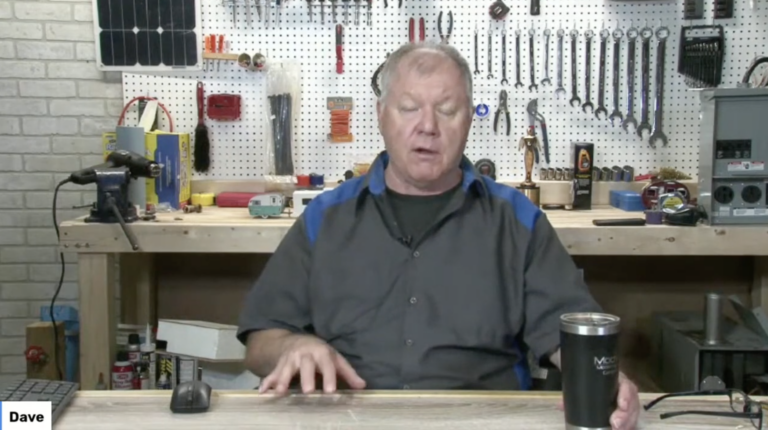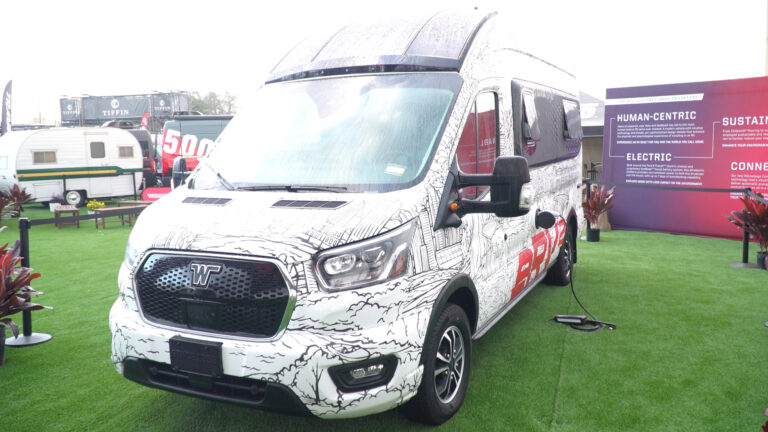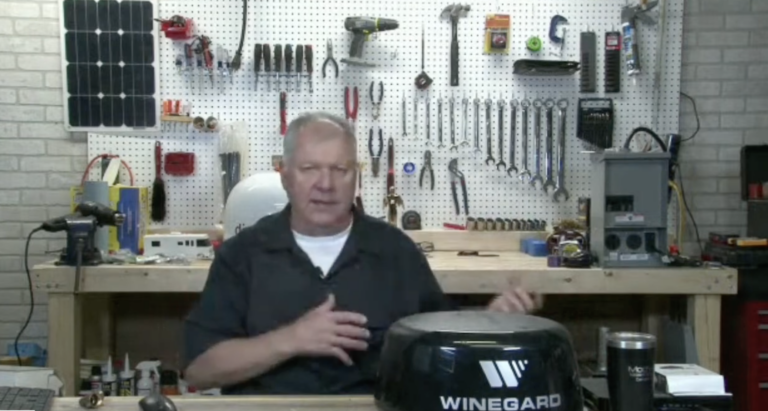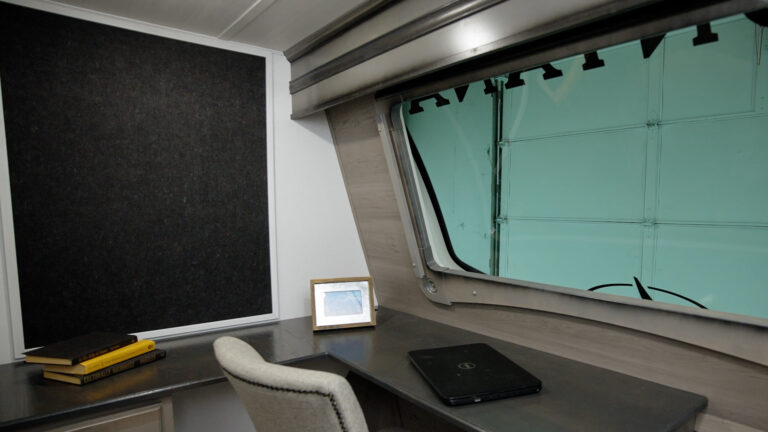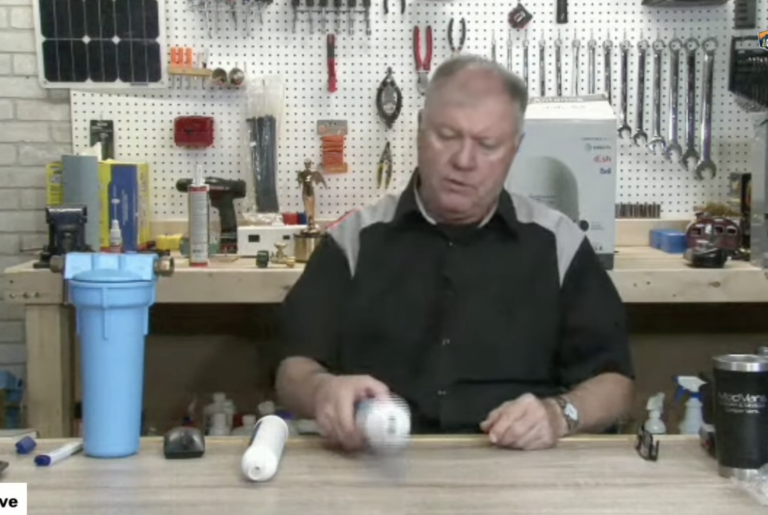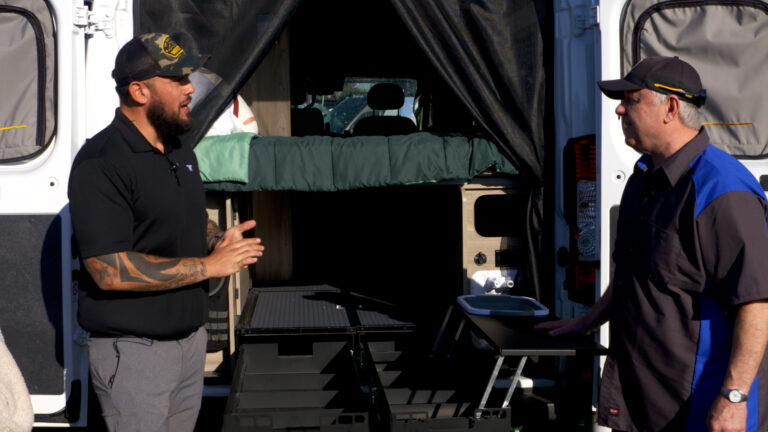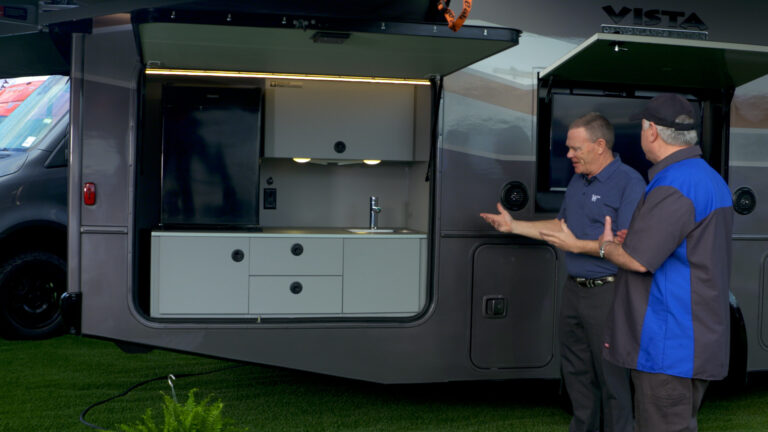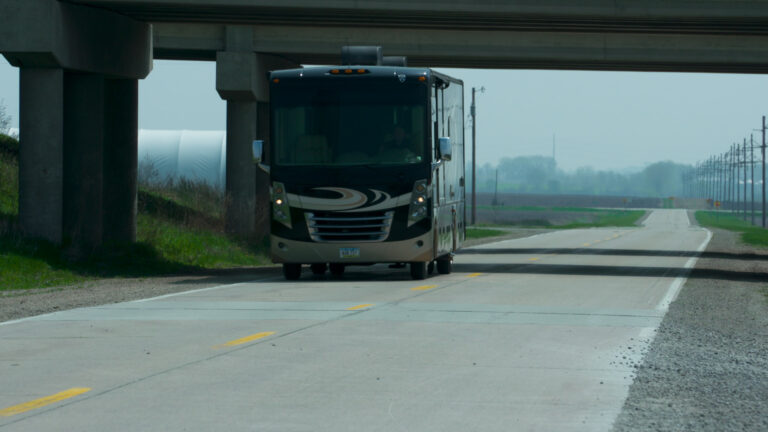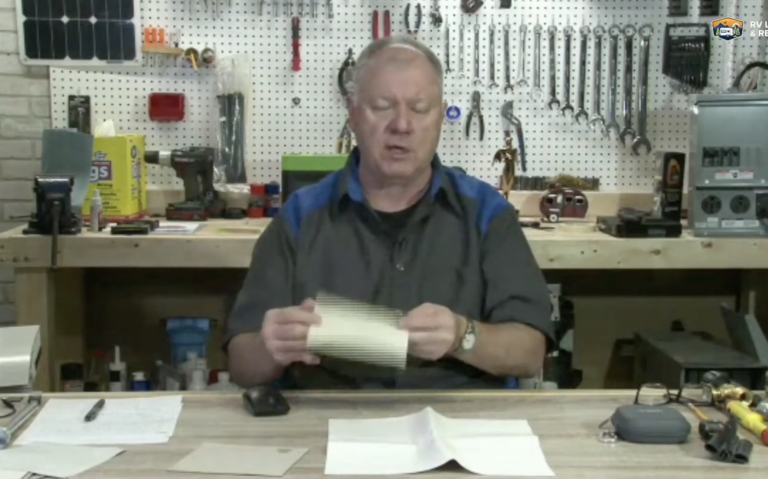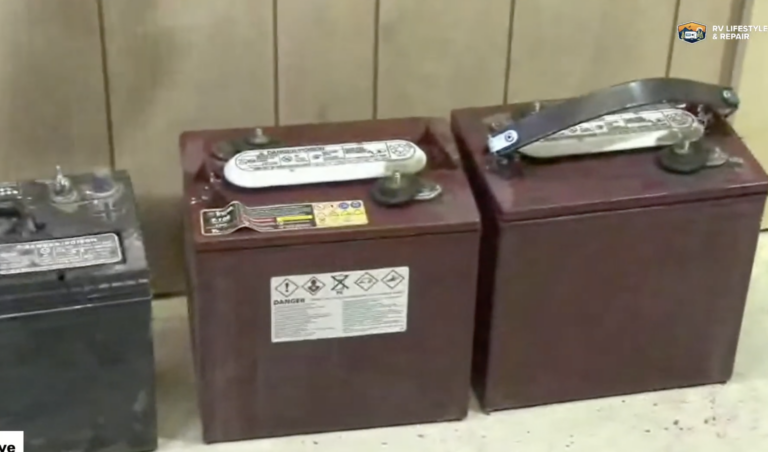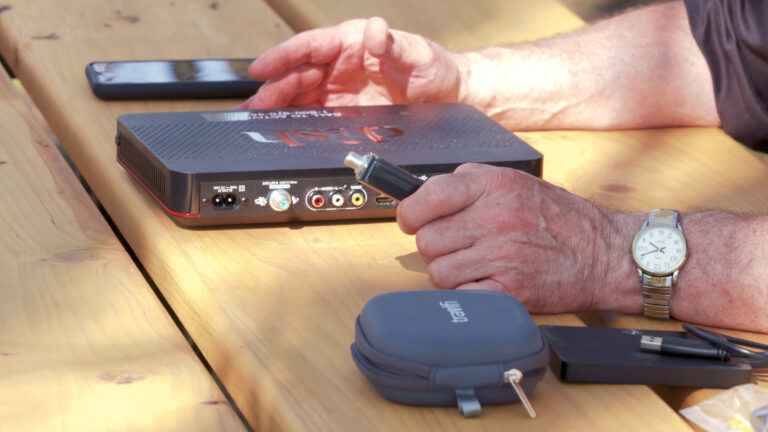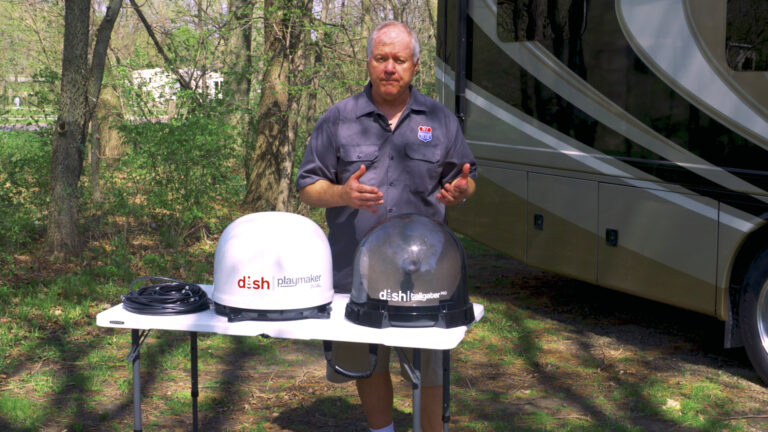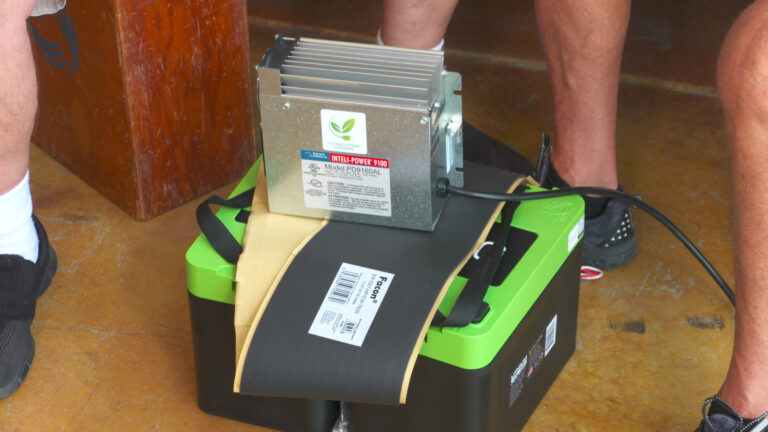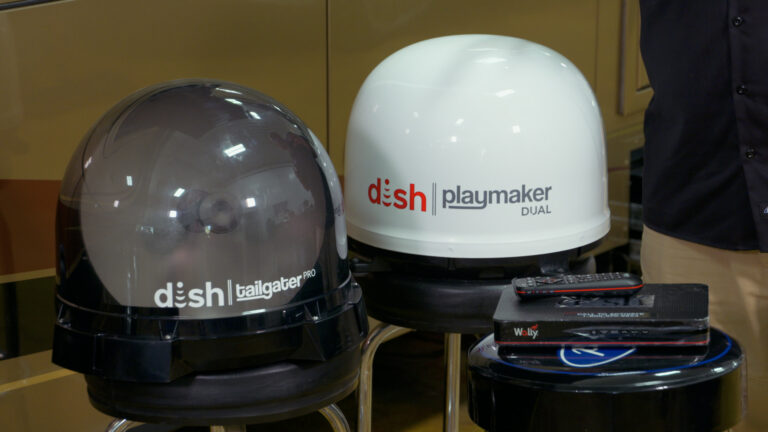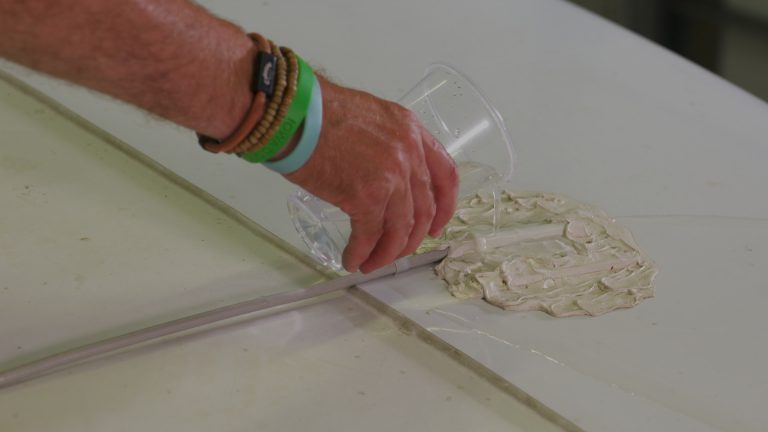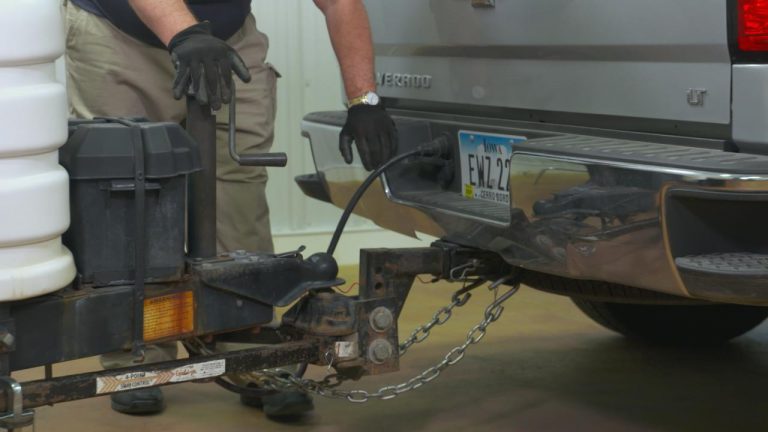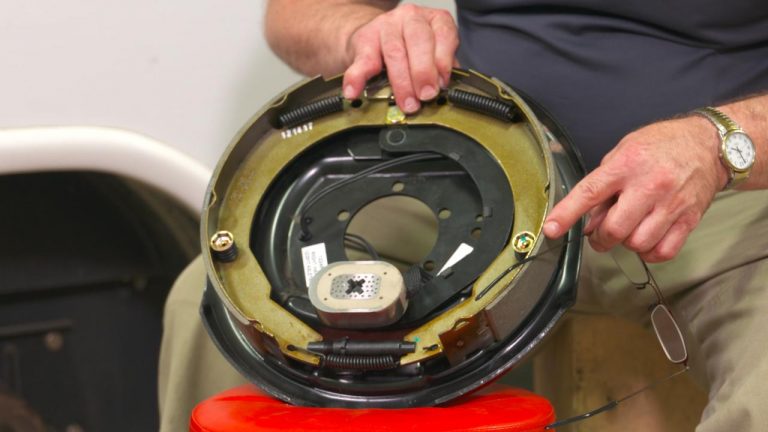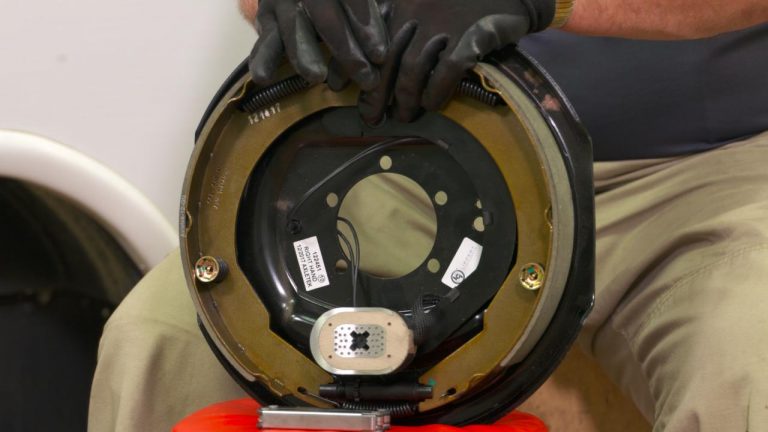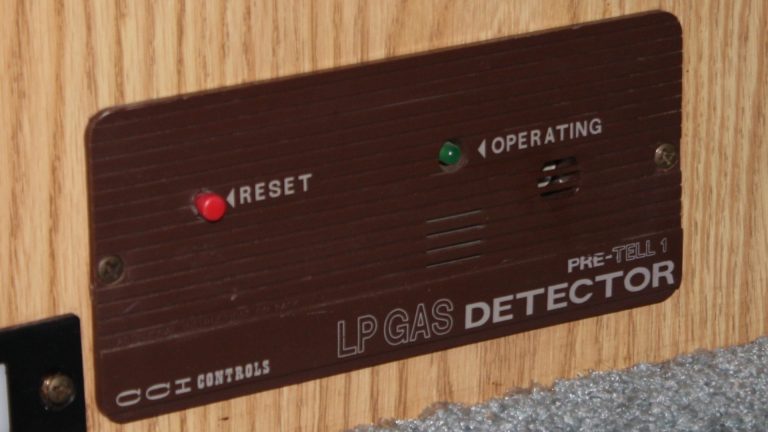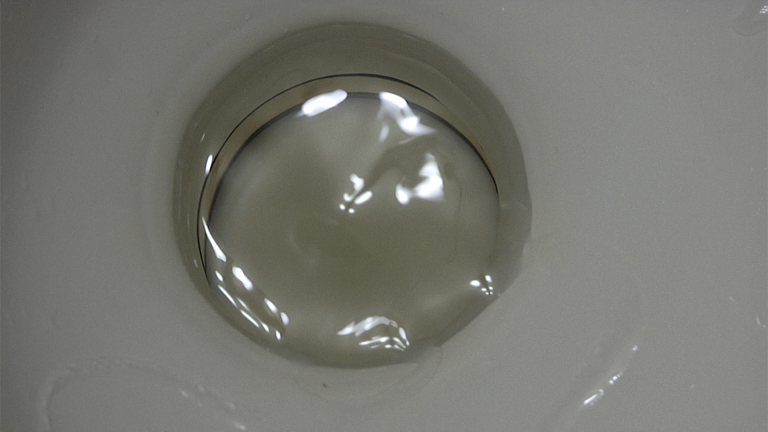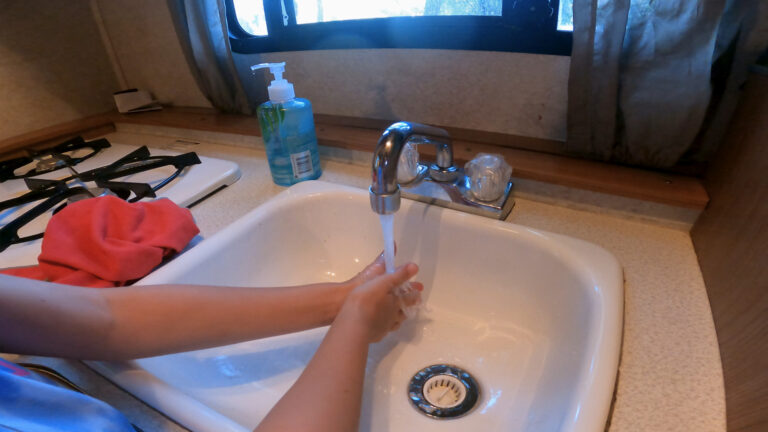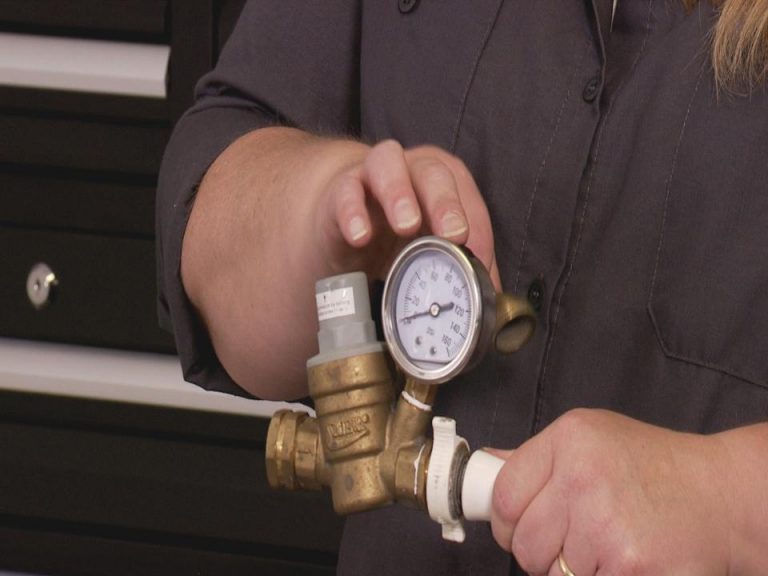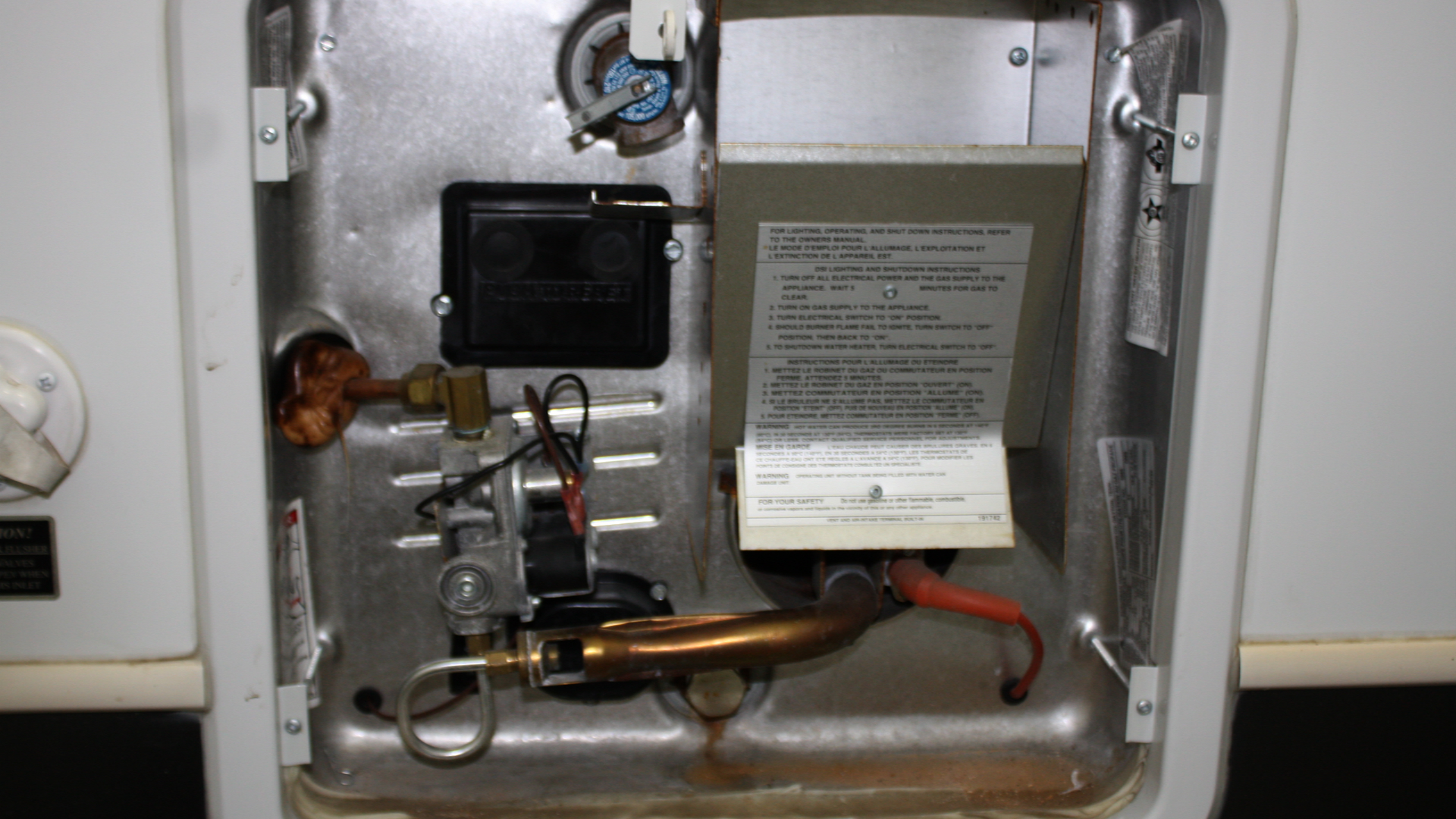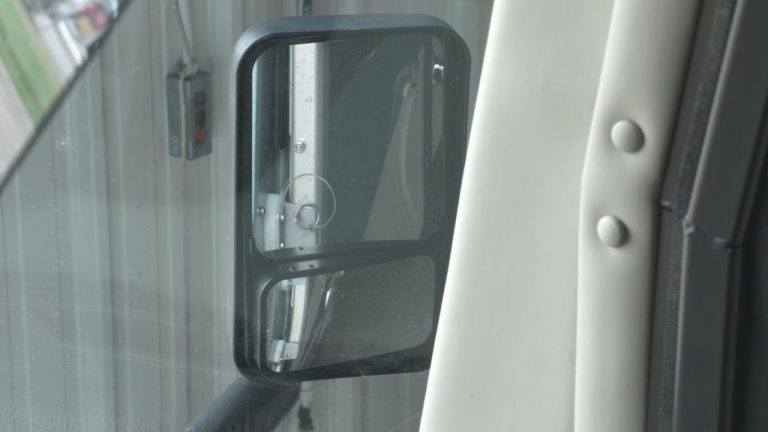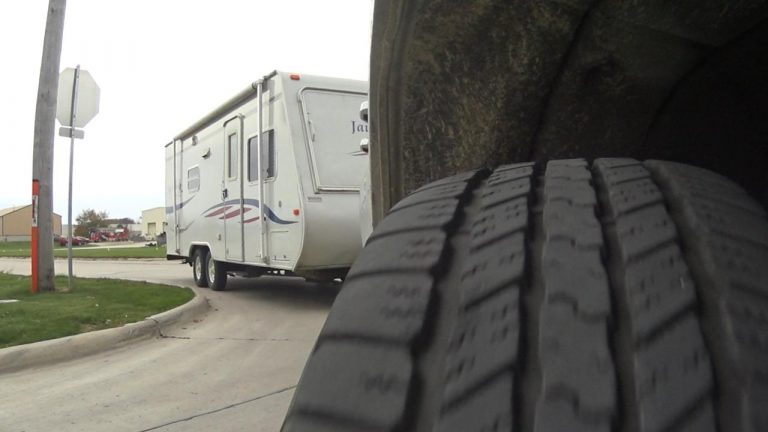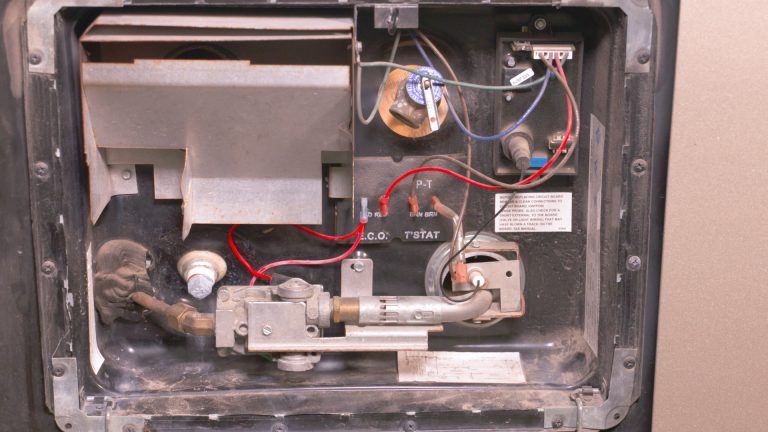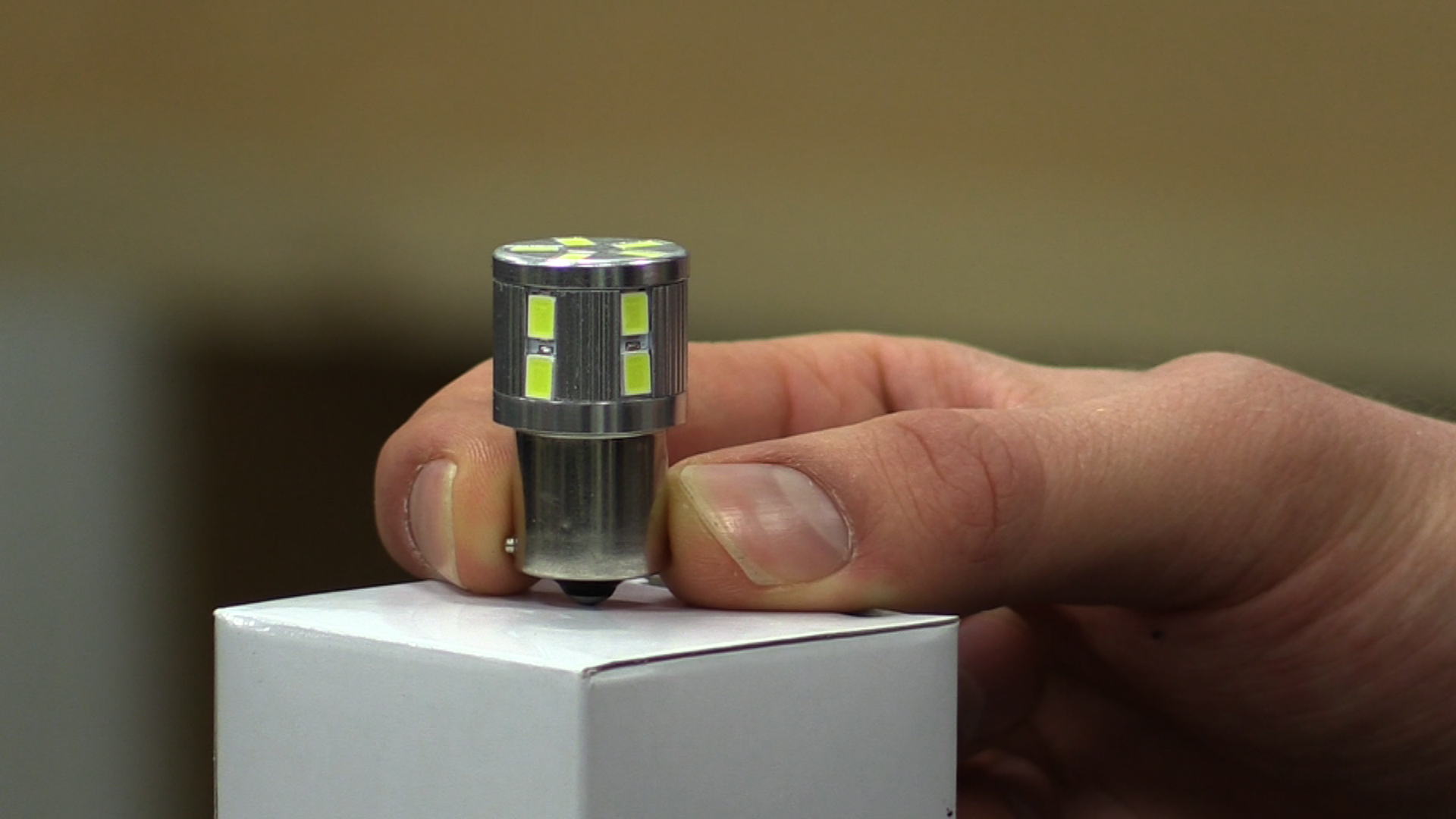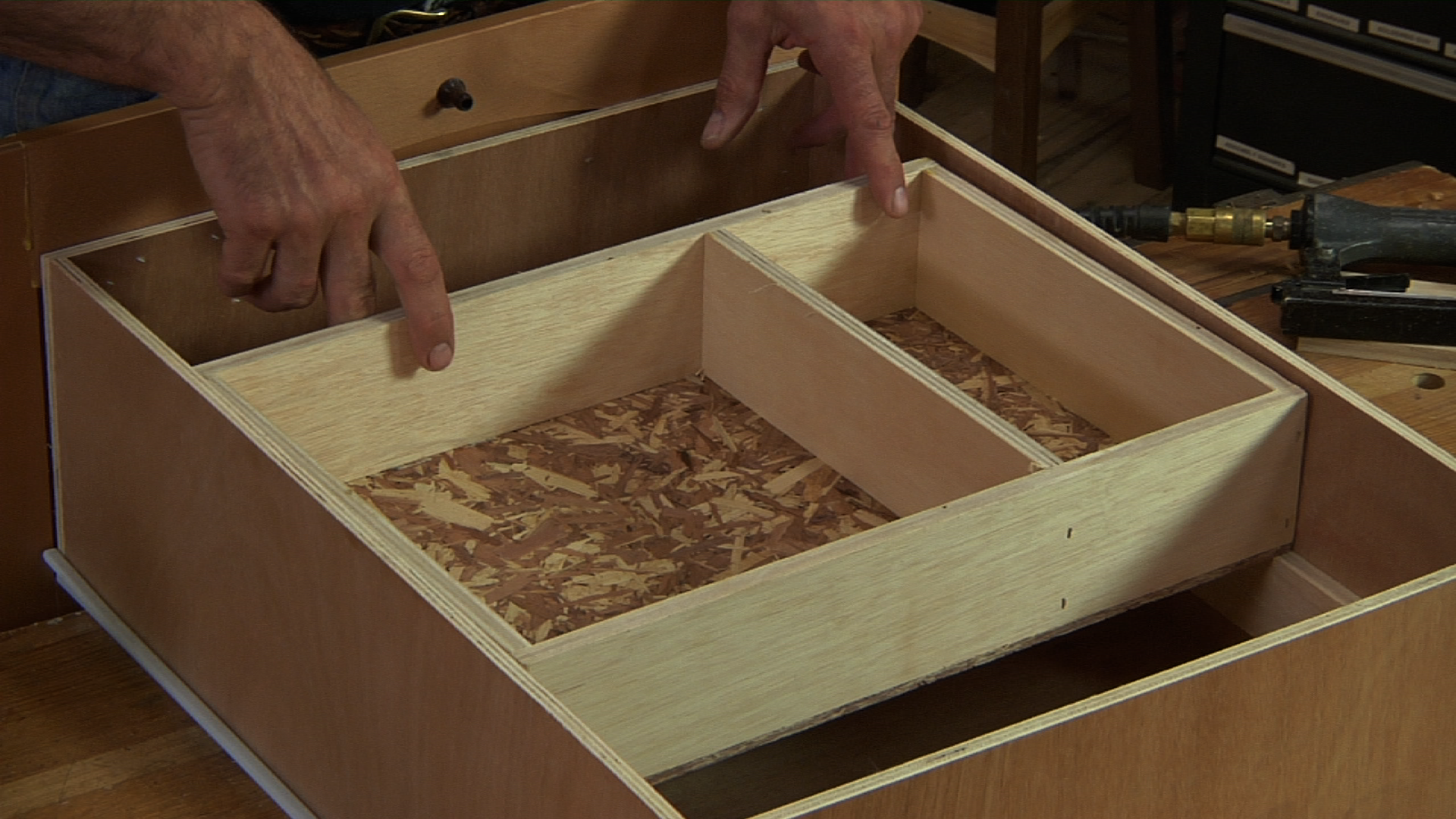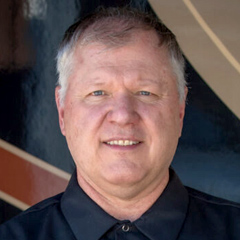
Identifying Trailer Hitch Components
Dave SolbergIn this quick video lesson, RV repair and maintenance expert Dave Solberg teaches you about each of the hitch components you’ll find on your trailer’s hitch setup. We’ve received lots of messages from members who’d like help making sure their hitch is properly secured, so we figured we would walk you through a rundown on the hitch components. With Dave’s help, you’ll discover what each part is responsible for and a few possible troubleshooting scenarios you might encounter.
What do all of the hitch components do?
On the demo hitch that Dave discusses, the first thing you’ll notice is that it utilizes a ball hitch with a large knuckle and built-in weight distribution. Every manufacturer should have maintenance tips for their particular ball hitch, so check their website or product guide if you’re not sure what you should do to take care of yours.
All trailers but especially the more substantial hitch setups will have a locking mechanism to ensure the hitch can’t come loose. A safety pin keeps the latch secure. Beneath the lock and the hitch itself you’ll find equalizing rods that help to distribute weight and prevent sway and highway hops. These are crucial for larger trailers over 4,000 lbs, in terms of safety and a smooth ride. Equally important are the safety chains, which in most states are required by law to be crisscrossed underneath the hitch when attaching to the trailer tongue.
The next of the hitch components is the safety cable that connects the braking system on your trailer to the receiving hitch on your tow vehicle. When the safety cable separates, the trailer’s brakes will automatically engage to prevent a runaway trailer situation on the highway. Essential! You’ll also need to connect the pigtail to your tow vehicle; this seven-pronged cord is in charge of lights, turn signals, and hazards, and also charges the onboard batteries and engages the brakes.
Last but not least, Dave discusses the leveling jack, which can be crank-operated or electric. If you have a trailer hitch that’s electric, Dave recommends always carrying a battery pack in case the house battery dies. This will save you a ton of time and trouble when you reach your campsite.
Explore videos by Dave Solberg
You may be interested in
Premium Membership
Unlock exclusive member content from our industry experts.
- 24/7 Access to Premium RV Maintenance Videos, Travel Inspiration, and Lifestyle Tips
- Step-by-Step Instructional Demos, Projects, and Guides
- 50% Off Video Downloads Purchased in the RV Lifestyle & Repair Shop
- Access to Ask the Expert Program
Unlock exclusive member content from our industry experts.
- 24/7 Access to Premium RV Maintenance Videos, Travel Inspiration, and Lifestyle Tips
- Step-by-Step Instructional Demos, Projects, and Guides
- 2 Full-Length Video Downloads to Watch Offline
- 50% Off Video Downloads Purchased in the RV Lifestyle & Repair Shop
- Access to Ask the Expert Program
Gold Membership
$333 Value
Get everything included in Premium plus exclusive Gold Membership benefits.
- 24/7 Access to Premium RV Maintenance Videos, Travel Inspiration, and Lifestyle Tips
- Step-by-Step Instructional Demos, Projects, and Guides
- 9 Full-Length Video Downloads to Watch Offline
- 2 Full-Length RV Repair Classes to Keep for Life
- Discounts on Purchase-to-Own Content in the RV Lifestyle & Repair Shop
- Access to Ask the Expert Program
- Exclusive GOLD LIVE Streaming Events
